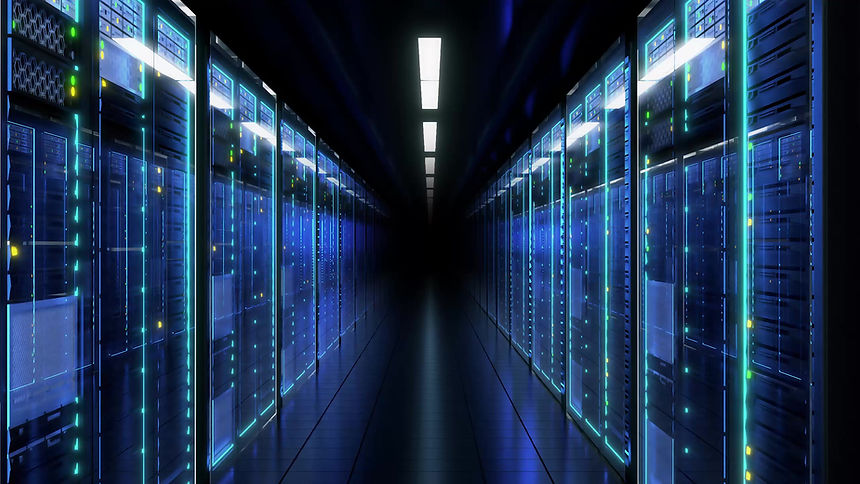Cognitive K.i. Empowering AI Solutions for Professionals in Diverse Fields

Generative Adversarial Networks
Generative Adversarial Networks (GANs) are a class of machine learning models that use a competitive approach to generate new data instances that resemble the training data. They consist of two main neural networks: a generator that creates data and a discriminator that tries to distinguish between real and generated data.
Generative Adversarial Networks
k.i. - Generative Adversarial Networks
K.i. - Generative Adversarial Networks (GANs) facilitate the generation of new data samples that are indistinguishable from real data. GANs have garnered substantial attention for their ability to generate high-quality images, audio, and other data types, fundamentally altering the interaction between machines and creativity.
GANs consist of two neural networks: the generator and the discriminator. These networks engage in a game-theoretic framework where the generator aims to produce realistic data instances. At the same time, the discriminator is tasked with distinguishing between real data taken from the training set and the fake data generated by the generator.
The generator and discriminator are trained simultaneously. Initially, the generator produces low-quality data; however, as training progresses, it iteratively refines its outputs to enhance realism. On the other hand, the discriminator is exposed to a mix of real and generated data and leverages this information to improve its accuracy in distinguishing between the two. This iterative training process continues until an optimal equilibrium is reached, when the generator produces data good enough that the discriminator can no longer reliably differentiate between real and fake instances.
The effectiveness of GANs lies in their architectural flexibility. Various extensions and adaptations of the original GAN framework have emerged, including Conditional GANs (cGANs), which allow for the manipulation of output based on specific conditions, and Progressive Growing GANs, which facilitate the gradual increase in image resolution during training. These adaptations serve to enhance the quality and diversity of generated outputs across various domains.
The capabilities of GANs extend beyond mere image generation. They have found applications in areas such as image-to-image translation, super-resolution, and even in the generation of synthetic data for training other machine learning models. The fusion of creativity and machine learning inherent in GANs highlights a significant paradigm shift, where machines actively participate in the creative process rather than merely serving as tools.



